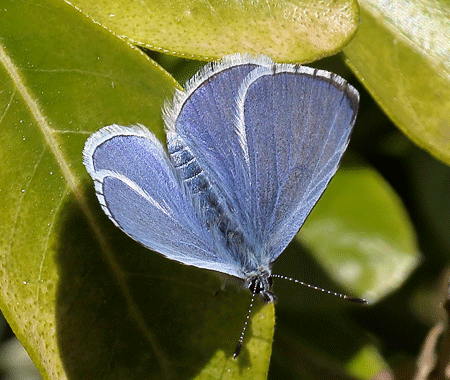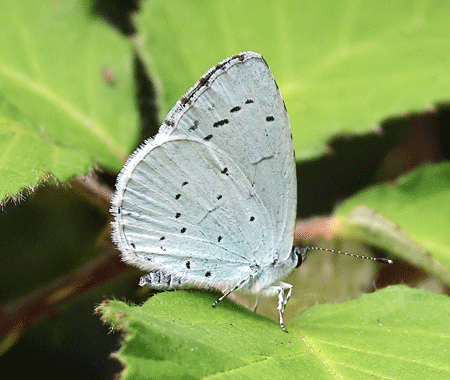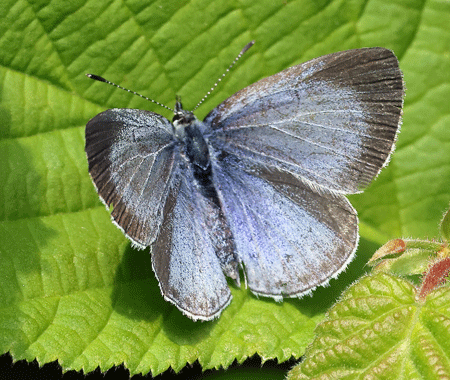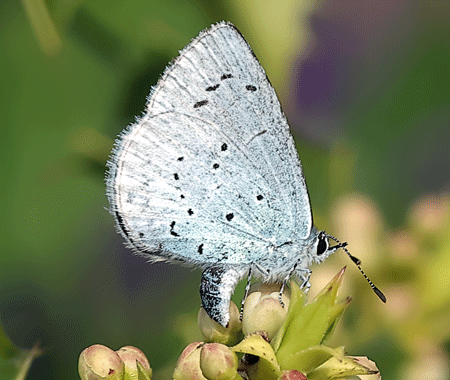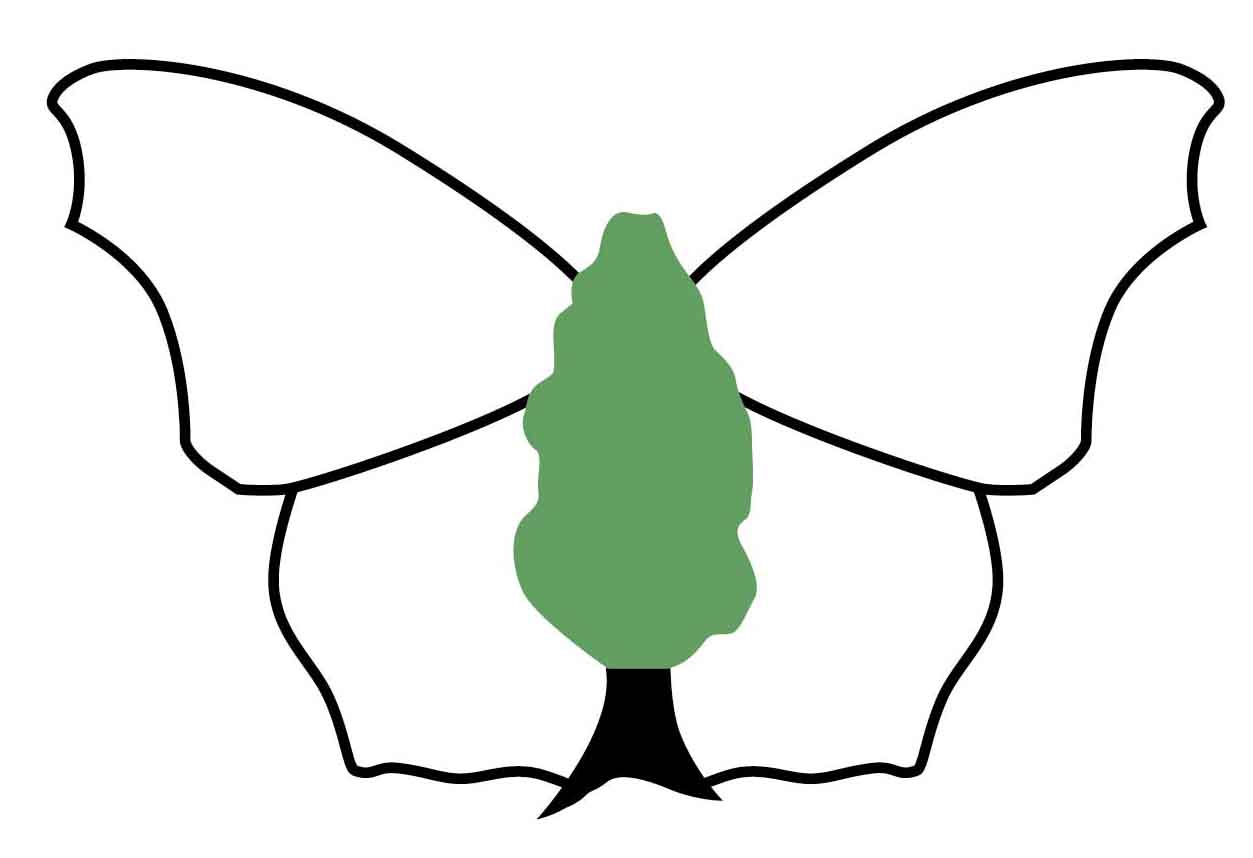 | Butterfly Conservation Saving butterflies, moths and our environment | Upper Thames Branch | 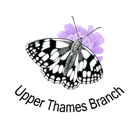 |
Holly Blue (Celastrina argiolus) | ||||||||||||||||
| Description | ||||||||||||||||
| Wing span: 26-34 mm. This butterfly is often seen in gardens, flying around shrubs. Both sexes have blue uppersides; females have black borders on both pairs of wings. In second-brood females the borders are wider. Both sexes have pale blue undersides with black dots. They usually keep their wings closed while at rest. The Holly Blue is widespread in southern and central England. It can be found in woods and along hedges where there is plenty of Holly and Ivy nearby. It can also be found in churchyards, parks and gardens. | ||||||||||||||||
| Images (click to enlarge) | ||||||||||||||||
| ||||||||||||||||
| Life Cycle | ||||||||||||||||
| There are typically two emergences each year, and sometimes a third one in the south in good years. Adults from overwintering pupae can emerge as early as the first week of April, with the next generation emerging at the end of July, and the third (if present) in September. | ||||||||||||||||
| Larval Foodplants | ||||||||||||||||
| The main foodplants are Holly (in spring) and Ivy (in summer). Bramble, Dogwoods, Gorses, Snowberries and Spindle are also used. | ||||||||||||||||
| Nectar Sources | ||||||||||||||||
| Adults feed primarily on Bramble, Bugle, Buttercups, Forget-me-not, Holly, Honeydew, Sap, Ivy, Privet, Thistles and Water Mint. | ||||||||||||||||
| UK Conservation Status | ||||||||||||||||
| Least Concern | ||||||||||||||||
| Earliest UTB first sighting (since 2004) : 27th February | ||||||||||||||||
| Mean UTB first sighting (since 2004) : 28th March | ||||||||||||||||
| Distribution and Sites | ||||||||||||||||
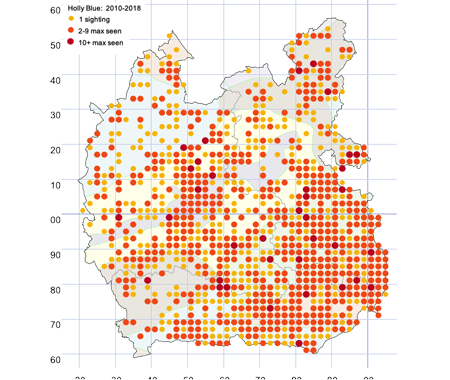 Key |
| |||||||||||||||
| Related Species | ||||||||||||||||
| ||||||||||||||||
Copyright © Butterfly Conservation Upper Thames Branch 2025
Privacy and Copyright Statement
Butterfly Conservation : Company limited by guarantee, registered in England (2206468)
Registered Office: Manor Yard, East Lulworth, Wareham, Dorset, BH20 5QP, Tel: 01929 400 209
Charity registered in England & Wales (254937) and in Scotland (SCO39268)
Privacy and Copyright Statement
Butterfly Conservation : Company limited by guarantee, registered in England (2206468)
Registered Office: Manor Yard, East Lulworth, Wareham, Dorset, BH20 5QP, Tel: 01929 400 209
Charity registered in England & Wales (254937) and in Scotland (SCO39268)

